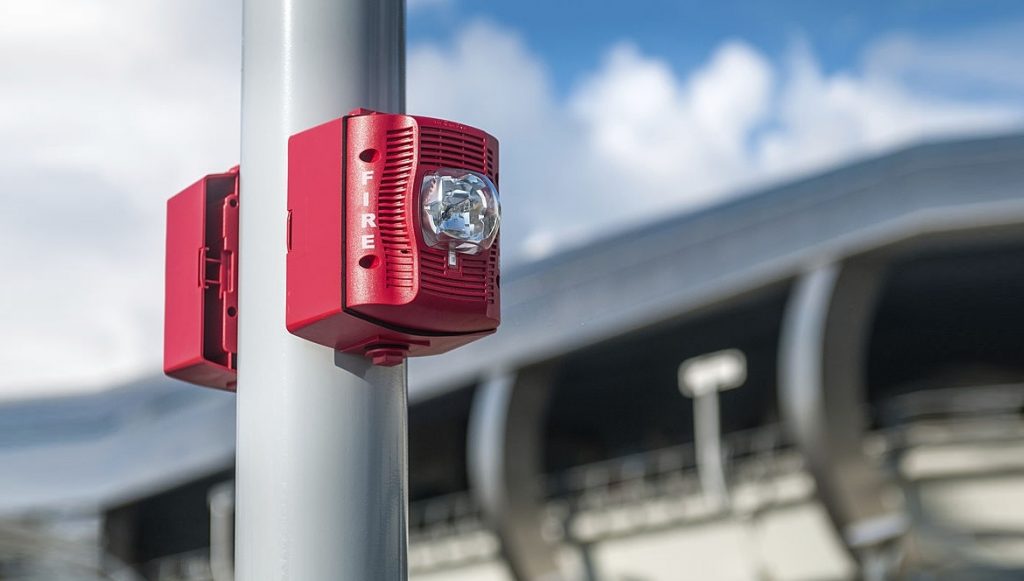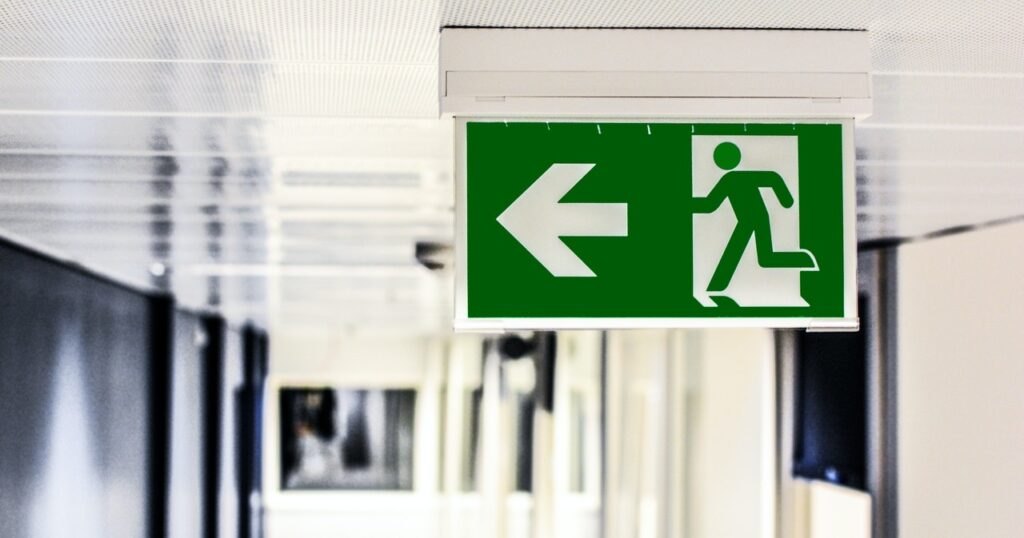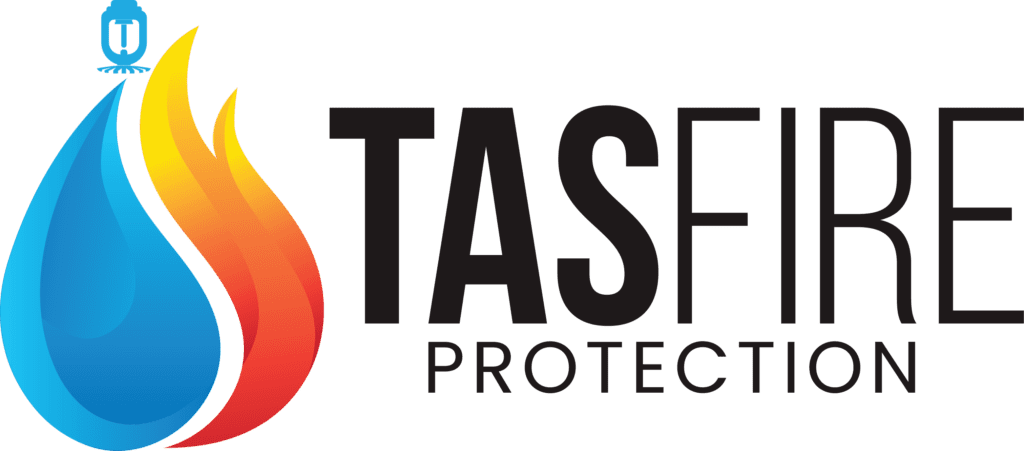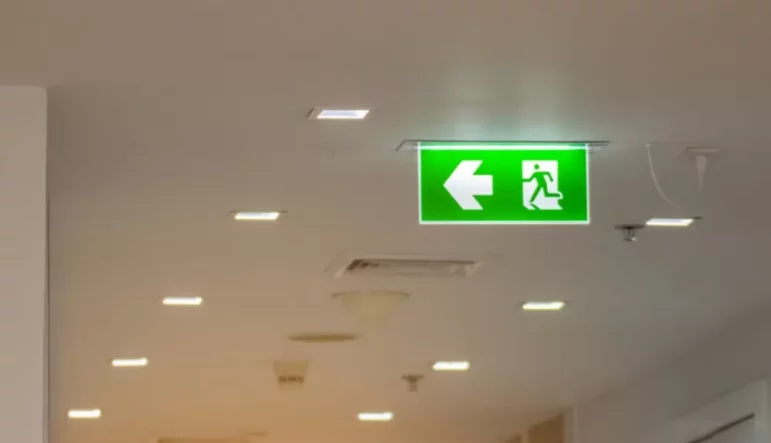How to Install and Test Emergency Lights…
In the case of an emergency, such as a building power loss, emergency lighting is a battery-operated backup plan for commercial buildings. The automatic activation of the battery backup is a notable feature of emergency lighting. Why are emergency lights necessary? When there is a power outage, emergency lights immediately turn on, giving building occupants a safe exit. Emergency lighting system significantly lowers panic attacks and promotes the timely evacuation of occupants.
Continue reading to find out more about how emergency lights are installed and tested.
Ideal Locations for Emergency Lighting
In order to provide residents with an exit route, the proper lighting must be installed. Emergency lights come in various shapes and sizes, but installing them in the appropriate place is important to provide effective lighting. The following places can be equipped with emergency lighting:
- Escalators leading to an exit
- Doors with modern sensor locking systems
- The passageway that leads to an exit
- Exits that lead to an open area
- Staircase
These are the main locations where you should install emergency lights. In addition to the previously stated sites, emergency lighting should be installed in all internal rooms, dark rooms, and storage facilities without windows or other sources of illumination.
Working of Emergency Lights
The emergency lights operate on the power stored in the internal batteries. Internal batteries should therefore be kept charged most of the time. In order to keep a sufficient charge whenever required, emergency light batteries are connected to the building’s power source.
Light-emitting diodes are used in the circuit in place of incandescent bulbs. The lights are even brighter for the occupants as a result. Fixtures attached to the primary power source make up the emergency lighting. The emergency light automatically comes on once the fixtures are cut to ensure the residents’ safety.
When there is a power outage, the AC power is cut off and the backup batteries turn on. Thus, transferring sufficient power to the lighting system. The internal batteries need to be fully charged once the problem has been fixed and everything has returned to normal.
You may also like to read:
- 7 Steps to Help Prevent the Spread of Fire in Warehouses
- 10 Ways to Identify Fire Hazards at Your Workplace
- Here’s Why Fire Hydrants Come in Different Colours
- How to Change the Battery in Your Smoke Detector
Types of Emergency Lighting

The emergency lighting setup can be divided into two broad categories, which are as follows:
-
- Maintained Lights
Maintained emergency lighting, or emergency luminaire systems, is a type of emergency light that is constantly in use. As a result, these emergency lights are on 24 hours a day and are mostly used in:
-
- Clubs
- Entertainment venues
- Cinemas
- Shopping centers
As a result, these lights are typically found in buildings where the occupants are unaware of the exits.
-
- Non-Maintained Lights
The luminaire only illuminates when there is a power outage or other emergency. Commercial buildings have these types of emergency lights.
-
- Offices
- Commercial buildings
- Factories
The types of emergency lighting are as follows, based on these categories of emergency light setup:
-
- Combined Emergency Lighting
In a nutshell, this type of lighting is a mix of maintained and non-maintained lights. Combined emergency lighting consists of two or more lights, one of which is powered by the regular supply and the other by the emergency lighting setup. As a result, the system can be classified as both maintained and unmaintained emergency lighting.
-
- Emergency Escape Lighting
This type of lighting is similar to the non-maintained lighting setup that turns on automatically only in the event of an emergency. As a result, there is enough light for residents to safely exit.
How to Install Emergency Lighting?
As previously stated, emergency lighting system are extremely important during emergencies. These lights are responsible for safely guiding the occupants to the open area. Due to the sheer increase in the number of tower buildings being constructed, installing and performing regular service is essential nowadays.
It is best to consult an electrical contractor before installing emergency lights to ensure that safety procedures are followed. You can also hire professionals for fire system installation services these fixtures in your structures. Emergency lights are connected to a building’s power supply and turn on automatically when the power supply fails. As a result, make sure that the power supply you’re connecting to is turned off to avoid electrocution.
Most emergency lights are attached to the wall or ceiling before they are wired. It is drilled into wall studs using mounting brackets or screw holes. The following are two methods for installing emergency lighting:
- Mounting on the wall
- The first step is to remove the cutouts from the back plate to allow wire passage.
- The bushing should then be inserted into these wire holes.
- Since the hollow tubes are insulators, electricity can pass through without coming into contact with any fixtures.
- The final step would be connecting the circuit wiring to the sign.
- Ceiling or End-Mounted Lights
- The first step is to remove the unit’s wire pass cutouts.
- Attach the canopy to the sign or power pack with the provided screws and hardware.
- Insert the two longest screws into the hanging plate’s holes.
- Pull the circuit wiring through the center hole in the plate to connect it to the electrical box.
- Insert the circuit wiring through the pass hole into the power pack.
- Attach the sign to the electrical box, making sure that the long plate screws go through the holes.
- To secure the sign, use the supplied nuts.
- Once the unit is mounted, the wiring is covered with a thermoplastic housing.
How Often Should You Test Emergency Lighting?
It is recommended that your emergency lights be checked or tested at least once a year. Governments must ensure that emergency lighting and exit signs work properly. As a result, certain standard protocols and rules are in place to ensure the proper operation of the same. At the same time, emergency lighting inspection tests should be performed by a trained professional.
Emergency lighting is required in all buildings, including entertainment venues, commercial structures, offices, shopping malls, and so on. As previously stated, there are certain rules and regulations for installing emergency lights. Therefore, penalty chances for owners are quite high on account of any failures in following those rules and regulations.
According to the National Code of Canada (FCC), emergency lighting should be tested once a month for one minute and once a year for 30 minutes. The 30-minute test is repeated twice in the course of a year. After 24 hours, the second 30-minute test is performed. The first 30-minute test simulates an emergency situation, and the second 30-minute test ensures that the equipment is ready to use in the event of a power outage.
People frequently overlook the significance of testing emergency lights. As a result, owners endanger the lives of building occupants while also facing severe penalties for violating the law. The following are some of the testing requirements:
- Monthly Emergency Lighting Test
This is a 30-second test that ensures emergency lighting is installed in accordance with protocol. Professionals are supposed to check that the lamps are working properly.
- Annual Emergency Lighting Test
A yearly test is performed to inspect the equipment thoroughly. As a result, it takes about 90 minutes to complete the inspection. Both AC and DC lamps are tested for proper operation during the procedure.
How to Test Emergency Lighting?

Emergency lighting is added to the building infrastructure to guide building occupants to the open area. There could be power outages and other emergencies for a variety of reasons. Emergency lights are supposed to turn on automatically to allow residents to exit safely. These emergency lights may occasionally run out of battery power or experience other failures, causing them to fail the residents. As a result, it is important to ensure that emergency lights work properly. It is recommended that emergency lighting be tested at regular intervals.
The emergency lighting test is performed according to the system type, such as self-testing, battery-powered, or computer-controlled. Some of the methods for testing your emergency lights are as follows.
-
- Manual testing
Manual testing refers to the monthly 30-second test and the annual 90-minute test. You must keep a written record of all tests, as they are manually performed at specific time intervals.
-
- Self Testing
As the name suggests, it refers to equipment that automatically runs the necessary tests and reports the results. Though the lighting setup is self-tested by the equipment, it is best to perform a visual inspection once a month.
-
- Computer-Based Testing
This type of testing is very similar to the equipment’s self-testing. The computer generates a report of the test automatically, eliminating the need for the building owner to keep these records manually.
Summing up
Emergency lights are backup plans that building owners install in their buildings to ensure the safe egress of building occupants to an open area. To ensure citizens’ safety during an emergency, the government has issued standard protocols for the installation and testing of emergency lights.
TAS Fire Protection is here to provide experienced, professional services if you are in need of professionals to install and test your emergency lighting. We also offer fire inspections, fire sprinkler system installation, security alarm services, and other services. In addition, we offer replacement and maintenance services.
Contact Us (905-870-7779) for a Free Consultation!
—

About TAS Fire Protection
TAS Fire Protection offers comprehensive and cutting-edge fire protection and security services to commercial, industrial, and high-rise properties. Our team of highly skilled professionals has years of experience in installing, maintaining, and inspecting fire alarm systems, fire sprinkler systems, fire extinguishers, fire hydrants, security alarm systems, and more. We understand that fire safety and security is essential to the protection of lives and property.
> Learn More

